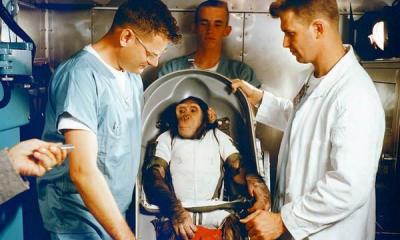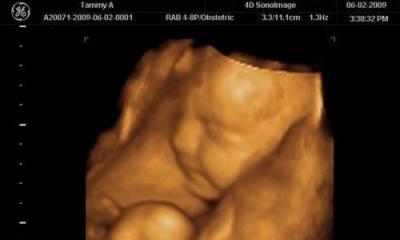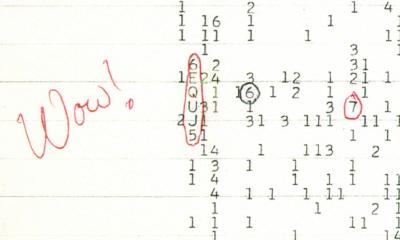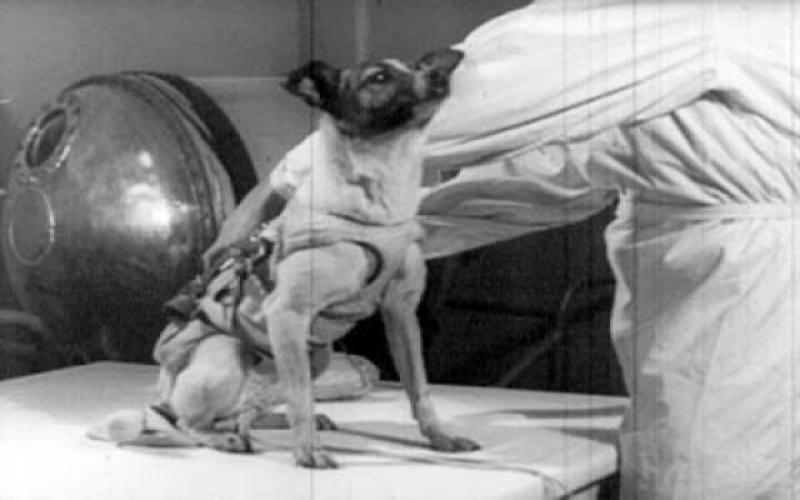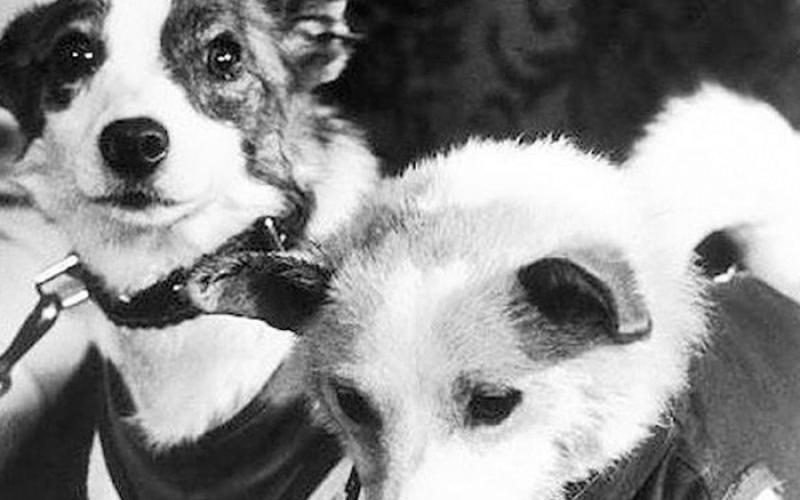Laika's journey into Earth orbit was a landmark moment in human history. This was evidence that we can reach the stars without fear of dying in the atmosphere. An ordinary mongrel could not, of course, understand the full significance of his mission - instead, the poor fellow experienced only horror and stress.
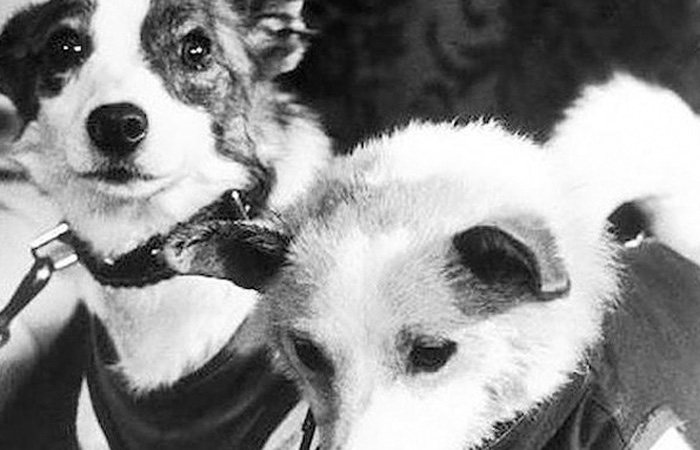
Interestingly, the USSR and the USA chose completely different types of animals for the first experimental flights into space. The Soviets relied on dogs, while America preferred the more human-like chimps.
Lot
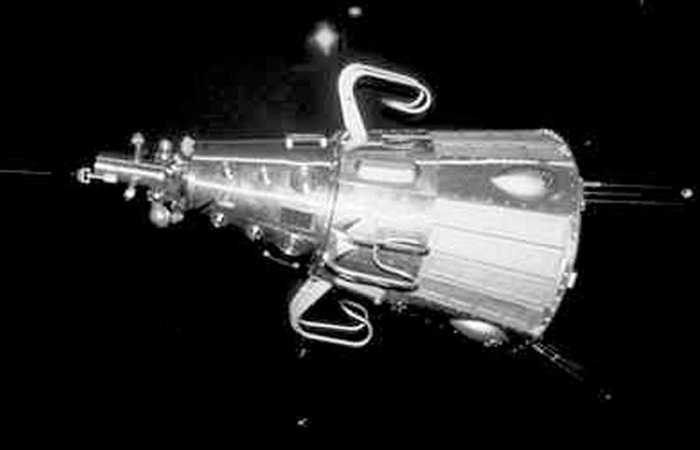
The dogs were selected from a kennel for homeless animals. There were three main contenders: Albina (she was pitied because the dog was going to whelp), Mukha (photographers did not like the curvature of the paws) and Laika. Last before the flight, special breathing sensors were installed on the ribs and a pulse sensor at the carotid artery.
Equipment
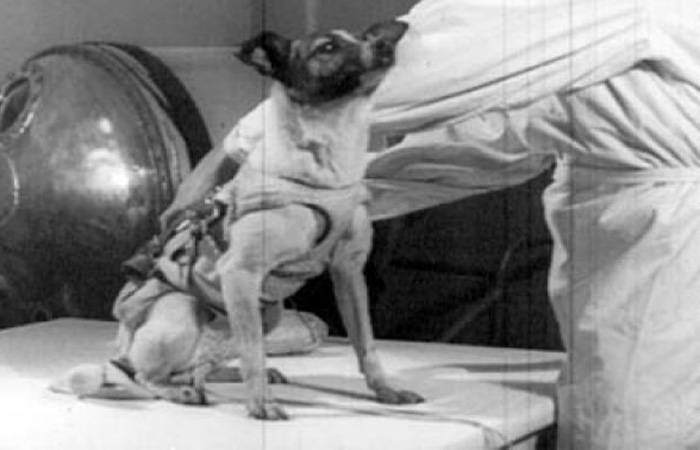
Laika trained like a real cosmonaut at Baikonur. The dog even had its own spacesuit, attached with special cables to the walls of the container. Just before the flight, Laika was seated in a sealed chamber and installed on a rocket: the first dog was ready to fly into space.
Go!
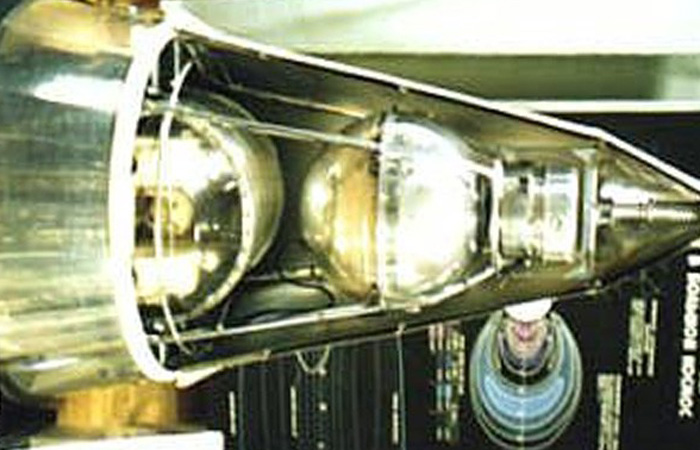
The launch of Sputnik 2 took place on November 3, 1957. Laika lasted four orbits around the planet. Engineers did not provide for the thermoregulation of the satellite and the temperature rose to 40 degrees Celsius. The dog died from overheating, and the satellite made another two hundred revolutions around the Earth and burned up in the atmosphere.
Sensation
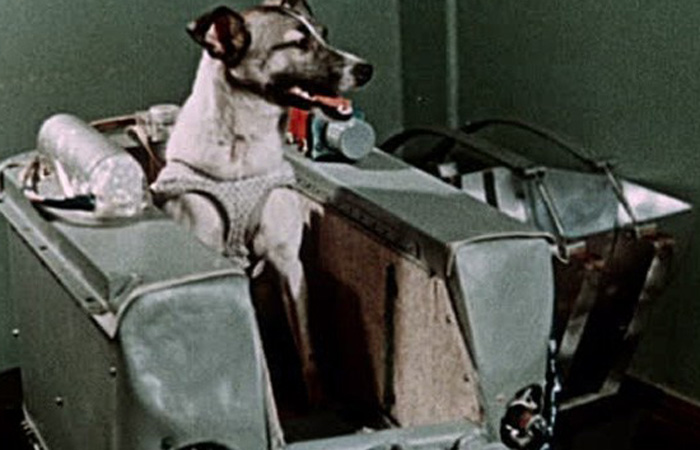
I must say that due to some strange course of circumstances, the native press could not appreciate the full significance of the event. TASS announced the launch of Sputnik-2 on the same day, giving information about the presence of a dog on board only at the end of the note. But for the Western press, the sensation was appreciated: articles on the first living creature in space appeared in all American magazines.
dead news
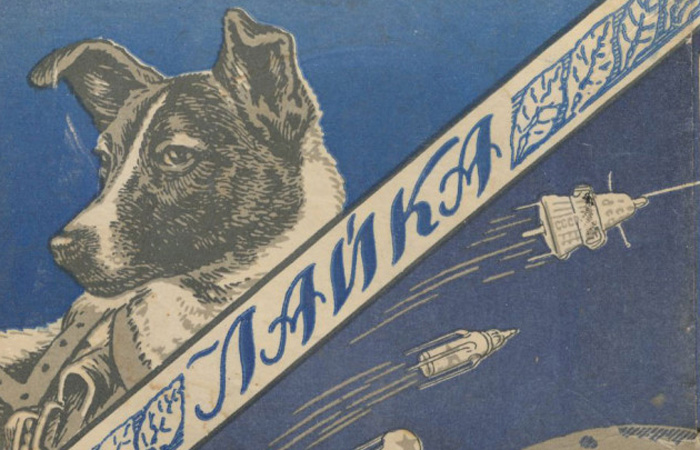
News sources of the USSR transmitted data on the health of the dog for another seven days after her death. Then the people were informed about the "planned" euthanasia of the astronaut, which unexpectedly caused a flurry of criticism - no one warned that Laika would not return to Earth.
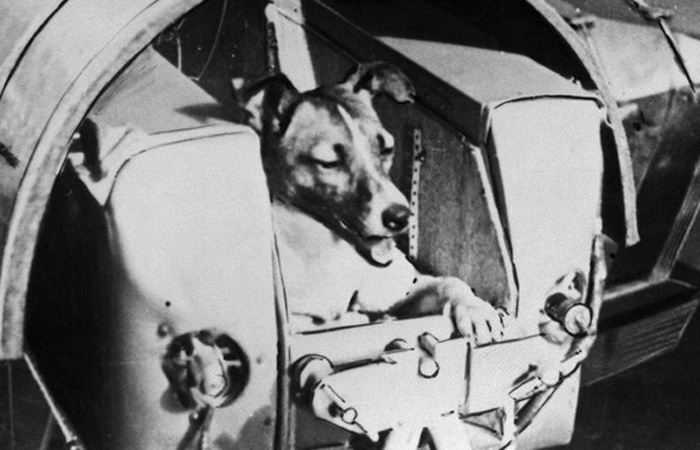
The shaggyest, loneliest, most unhappy dog in the world - The New York Times
Needed sacrifice
This experiment was necessary for the further development of the space industry. Scientists realized that a living creature can at least survive the launch into orbit and not die in zero gravity. Already the second travelers, Belka and Strelka, returned safely to Earth.


